In today’s hyper-connected world, a stable and high-speed network connection is no longer a luxury — it’s a necessity for everything from streaming and gaming to managing data centers and running industrial systems. While Wi-Fi gets much of the spotlight, the quiet workhorse behind most reliable wired connections is the humble RJ45 connector. You’ve probably used one countless times without thinking about it — plugging your computer into a router, connecting an IP camera, or wiring up an office network.
But what exactly is an RJ45 connector, how does it work, and why is it still indispensable in 2025? This guide will walk you through everything you need to know.
What is an RJ45 Connector ?
How Does an RJ45 Connector Work ?
RJ45 Jack Connector Applications
-Home & Office Networking
-Data Centers
-Security & Surveillance Systems
-Industrial IoT & Automation
-Special & Outdoor Deployments
Is an RJ45 Connector the Same as Ethernet?
Can You Plug an RJ45 Connector into Ethernet?
If you’ve ever set up a wired network connection — whether at home, in an office, or in a data center — you’ve likely held an RJ45 connector in your hand, even if the name didn’t ring a bell. RJ45, short for Registered Jack 45, is not just a random code; it’s part of a standardized wiring system that has been connecting devices for decades. Physically, it’s an 8P8C interface — eight positions, eight contacts — with each gold-plated pin aligned to meet one of the eight wires inside a twisted-pair cable.
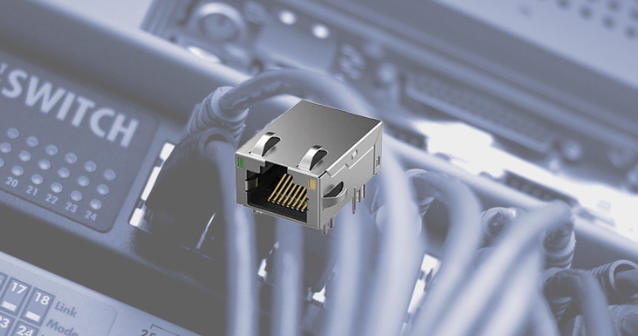
The origins of the RJ45 connector trace back to the late 1970s, during a period when telephone and data communication standards were taking shape in the United States. At the time, RJ11 connectors — smaller plugs with fewer contacts — were the norm for voice communication. But as businesses began experimenting with digital data transmission, network engineers faced a challenge: how to reliably carry more signals at higher speeds over copper wires. This led to the adoption and adaptation of the 8P8C modular plug, originally designed for multi-line telephone systems, into the networking world.
Through the 1980s and 1990s, the RJ45 connector became inseparable from Ethernet technology. You might think of it as the handshake between your cable and your device — a simple click that enables complex streams of data to travel back and forth. From early 10 Mbps Ethernet to 1 Gbps and now 10 Gbps twisted-pair connections, the connector evolved in tandem with cabling standards like Cat5e, Cat6, Cat6a, and Cat8.
Fast forward to 2025, and you’ll still encounter RJ45 jack connectors in nearly every networking environment — from the back of your Wi-Fi router to server racks in hyperscale data centers. For IT professionals, home automation enthusiasts, and anyone who values stable wired connections, the RJ45 connector remains a cost-effective, durable, and universally recognized gateway to the digital world.
When you push an RJ45 jack connector into a port and hear that reassuring “click,” you’re not just making a casual connection — you’re engaging a precisely engineered link that can sustain data rates up to 10 gigabits per second over copper cabling, all while maintaining signal stability in real-world environments.
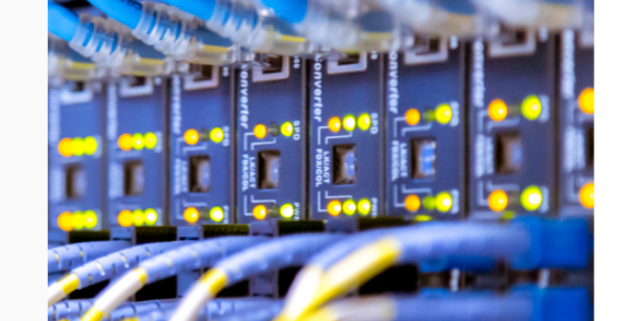
Inside, a high-strength thermoplastic housing holds eight gold-plated contacts in exact alignment. These contacts line up perfectly with the eight copper conductors in your network cable. The gold layer — often 30–50 microinches thick — is there for more than durability; it prevents corrosion, lowers contact resistance, and keeps the connection stable across thousands of plug-in cycles. The spring-loaded latch is a deceptively simple feature, ensuring the connector stays firmly in place even if your setup experiences vibration, movement, or repeated use.
If you were to strip back the cable jacket, you’d find four twisted pairs of copper wires. Each pair is twisted at a slightly different rate — a design choice that’s crucial for reducing crosstalk and shielding the signal from electromagnetic interference (EMI). Higher-grade cables like Cat6a or Cat7 use tighter twists and additional shielding, enabling stable 10 Gbps transmission over distances up to 100 meters. When the RJ45 connector is crimped onto the cable, each metal contact pierces just enough of the insulation to make a secure electrical link in a process known as insulation displacement connection (IDC) — no soldering required, yet highly reliable.
Once in place, the connector routes data through specific pins according to your chosen wiring standard, most commonly T568A or T568B. These standards define which wire pairs handle transmission (Tx) and reception (Rx). Thanks to full-duplex operation, your network can send and receive data simultaneously without collisions — meaning at 1 Gbps, that’s up to one billion bits flowing in each direction at the same time.

And in many modern networks, the RJ45 isn’t just moving data. Through Power over Ethernet (PoE), it can also deliver electrical power over the same twisted pairs. Depending on the standard — IEEE 802.3af (up to 15.4 W), 802.3at (up to 30 W), or 802.3bt (up to 90 W) — your cable can simultaneously run an IP camera, wireless access point, or VoIP phone without a separate power adapter. This dual-function capability makes installations cleaner, reduces cabling costs, and increases deployment flexibility.
So the next time you lock an RJ45 connector into place, you’re not just clicking in a piece of plastic — you’re engaging a miniature precision system where material science, electrical engineering, and decades of networking standards converge to give you high-speed, stable, and even powered connectivity in a package small enough to fit between your fingertips.
You might think of the RJ45 jack connector as just a small plastic plug on the end of a cable, but in reality, it’s one of the most widely deployed physical interfaces in modern networking. Whether you’re wiring a small home office or overseeing infrastructure in a multi-site enterprise, you’ve almost certainly relied on RJ45 connections — often without even realizing it.
In residential and corporate settings, RJ45 connectors are the foundation of structured cabling systems. They link desktops, laptops, printers, smart TVs, and NAS devices to switches and routers, delivering the stability that Wi-Fi can’t always guarantee. If you’re streaming 4K UHD content, engaging in competitive online gaming, or working with cloud-hosted applications, a wired RJ45 connection ensures consistent throughput and low latency.
A single Cat6a cable terminated with RJ45 connectors can support 10 Gbps over distances up to 100 meters, providing ample headroom for most home and office requirements well into the future.
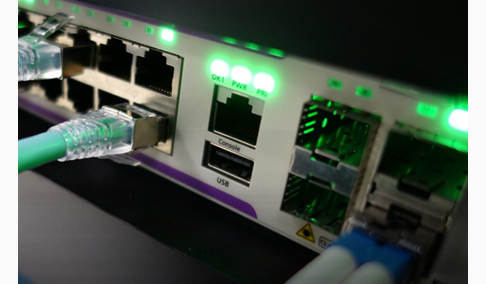
In a data center, uptime is non-negotiable. RJ45 jack connectors are used for short-to-medium copper runs — typically server-to-switch or switch-to-storage links — where the maximum length of 100 meters under Ethernet standards is more than sufficient.
Compared to fiber optics, copper links using RJ45 are more affordable, easier to terminate on-site, and simpler to troubleshoot, making them ideal for Top-of-Rack (ToR) or End-of-Row (EoR) layouts. And with Cat6a or Cat8 cabling, these connections can handle 10GBASE-T or even 25GBASE-T in some emerging applications.
If you’ve installed an IP camera or configured a network video recorder (NVR), you’ve likely used an RJ45 connector — often with Power over Ethernet (PoE). This allows a single cable to transmit both data and DC power, cutting installation time and cost.
With IEEE 802.3af PoE, you can deliver up to 15.4 W to a device; with 802.3at (PoE+), that rises to 30 W, and 802.3bt (PoE++) can provide up to 90 W, enough to power PTZ cameras, wireless APs, and even small displays without a separate power feed.
In manufacturing plants, warehouses, and utility facilities, RJ45 connectors often come in ruggedized or shielded variants to survive dust, vibration, and temperature swings. They link PLCs, industrial sensors, and robotic systems, enabling real-time data acquisition for process control and predictive maintenance.
Many industrial RJ45 designs comply with IP67 or higher ingress protection ratings, and can operate in environments ranging from -40°C to +85°C, ensuring uptime even in harsh operating conditions.
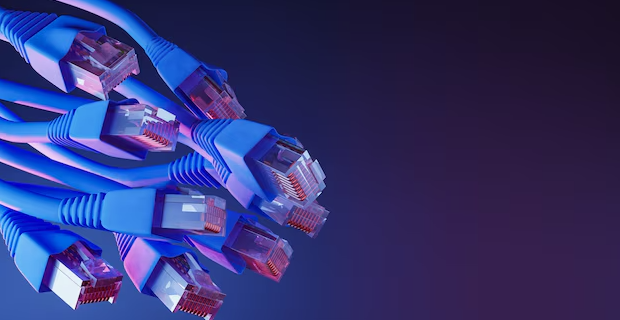
Beyond the walls of offices and factories, you’ll find weather-sealed RJ45 connectors in outdoor telecom enclosures, roadside traffic control systems, and smart city infrastructure. Their enclosures resist UV degradation, repel moisture, and maintain performance in fluctuating climates, which is critical for applications like environmental monitoring stations or public Wi-Fi kiosks where downtime is unacceptable.
From your home entertainment system to mission-critical industrial control networks, the RJ45 jack connector’s enduring relevance in 2025 comes from one thing: its ability to deliver stable, high-speed, and even powered connections across vastly different environments. It’s not just a plug — it’s a proven standard that adapts to your needs, wherever reliable connectivity is non-negotiable.
It’s easy to see why people mix up “RJ45” and “Ethernet” — you’ve probably heard them used interchangeably. But in reality, they describe two completely different things.
RJ45 is a hardware standard for a connector. It specifies the physical design: the rectangular plug shape, the eight-pin configuration, and the way it mates with a port to ensure a secure, reliable fit.
Ethernet, on the other hand, is a communication technology. Defined by the IEEE 802.3 standard, it’s the set of rules and protocols that determines how devices send, receive, and interpret data over a network.
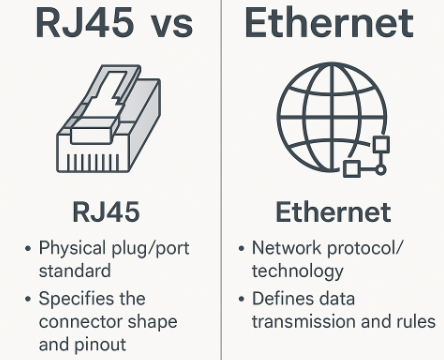
So why the confusion? In most wired networks, especially those using copper cables, Ethernet signals are carried through cables terminated with RJ45 connectors. Over decades of everyday use, people started calling the connector itself “Ethernet,” even though Ethernet can also run over fiber optics or wireless connections — neither of which involves RJ45.
A simple way to remember it: RJ45 connector is the doorway, Ethernet is the conversation happening through it. You can have a door with nothing passing through, and you can have a conversation through a window — but in most homes and offices, RJ45 is the doorway that Ethernet uses.
When someone asks if they can “plug an RJ45 into Ethernet,” what they usually mean is: Can I connect a cable with an RJ45 end into an Ethernet port? If that Ethernet port is designed for copper-based connections, the answer is yes.
RJ45 connectors work seamlessly with Ethernet standards such as:
Fast Ethernet — up to 100 Mbps
Gigabit Ethernet — up to 1 Gbps
10GBASE-T — up to 10 Gbps over Cat6a or Cat7 cabling at distances of up to 100 meters
However, there are times when RJ45 connector isn’t the right fit:
Fiber optic links use different connectors entirely, like LC or SC, often via SFP/SFP+ modules.
Harsh industrial environments may require alternative connectors such as M12, which are sealed against dust, moisture, or vibration.
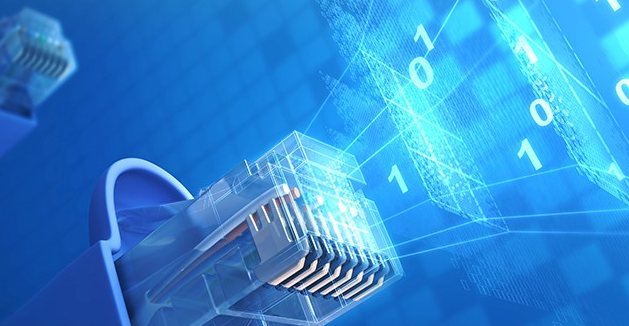
Tips for a reliable connection:
Use the right cable category for your speed needs — Cat6a is ideal for stable 10 Gbps performance.
Check the port before you plug in — some network devices offer both RJ45 and SFP slots.
Avoid stressing the cable — sharp bends or excessive pulling can impair performance.
Confirm PoE compatibility if you plan to power devices like cameras or access points through the same cable.
In short, plugging an RJ45 into an Ethernet port is usually exactly what you’re meant to do. The key is knowing when it’s the right tool for the job — and when another connector or medium is better suited.
Conclusion
From its roots in the early days of digital communication to its role in today’s high-speed, power-capable networks, the RJ45 connector has proven itself as one of the most enduring and versatile components in modern technology.